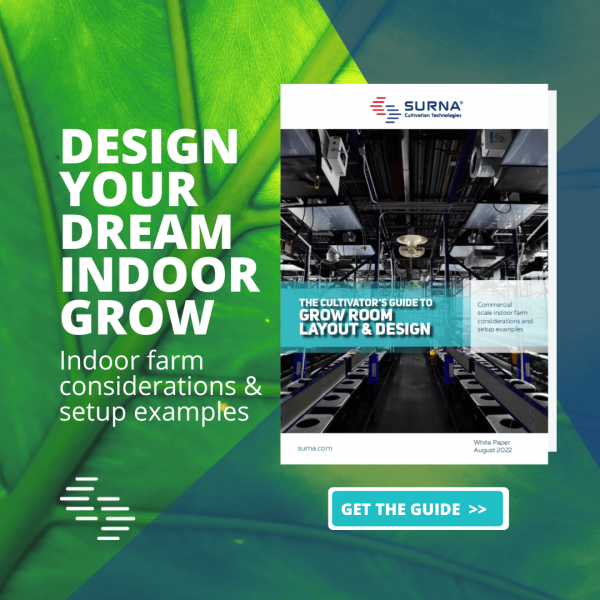The temperature of a cultivation room plays a large role in determining how plants grow and the quality of the final yield. For this reason, it is important to have a reliable climate control system and frequently check the temperature of each cultivation room. However, it is very easy to incorrectly check the temperatures of these rooms.
For best results, the thermometer should be placed in an area that is away from direct light. This ensures that light hitting the thermometer does not raise the temperature being read, thus providing a false reading. This is the same principle that guides where outdoor thermometers are placed on patios as well – direct light raises the temperature, preventing an accurate reading.
In order to ensure the thermometer is providing an accurate reading, it may be necessary to either install a cover over the thermostat in order to shade it or to use a greenhouse thermometer which uses a fan to constantly pull air from the room through the thermostat.
At this point, it is important to note that room temperature can vary greatly from canopy temperature, especially with dense plants. In order to promote nutrient uptake, it is important to keep plant roots cool. So, instead of thinking about temperature in terms of ideal room temperature, it may be necessary to think of temperature in terms of ideal root or canopy temperatures and then figure out what room temp is needed to create the ideal in-canopy temperature.
In terms of efficiency, a warmer room obviously uses less energy to cool. But, even slight changes can have a large impact – the difference between 78 degrees F and 73 degrees F can be as much as 40% more energy and require a substantial increase in air handlers and related cooling equipment.

